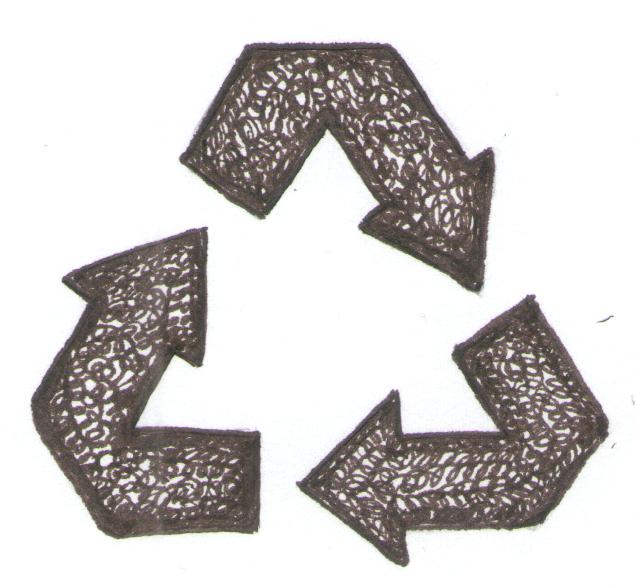
What came first? The negative emotion or the destructive thinking pattern. This is a question that I’ve been trying to answer for a while now. But I cannot seem to come up with a clear answer, and the main reason for this is that these two are quite interconnected. When you don’t feel good, that state has a tendency to colour your thoughts and mental view points. Likewise, when you’re stuck in some self-defeatist mental prison, that can make you feel pretty bad emotionally. Then, if that isn’t enough, these two seem to feed off each other at times.
But how do you break the pattern, whether it is relief from the repetitive unpleasant emotion, or whether it is relief from the the obsessive thinking pattern? Luckily the answer is the same for both: Awareness. You have to bring repeated awareness to to whatever it is that you are experiencing. The aim is to try to observe it without being taken in by it.
This is not a one time deal, but something that has to be done over time repeatedly. Deep awareness of something can shift things quickly. But not always. Sometimes there’s a significant subconscious element that drives us. If that’s the case, it might take time to uproot the wounding that’s the driving force. So, lately, instead of distinguishing between mental loops and repetitive negative emotions, I distinguish between superficial patterns and deep or subconscious patterns.
Deep patterns
The difficulty associated with changing a behaviour (a habit, an emotional response, a pattern of avoidance) is often proportional to the momentum behind that behaviour. For example, if we’ve never exercised in our entire lives and we suddenly want to become an athlete, that change might be challenging. Conversely, if we’ve been an athlete for many years and just fell out of the habit for a few weeks, it might not be so hard to get back into it.
But the above mentioned assessment is quite one-dimensional. There is often a deeper layer to all of this. There is a much deeper layer to behavioural patterns, and that is the subconscious aspect. Sometimes it is the childhood trauma and emotional wounding that is the hidden driver.
Taking again the exercise habit as an example, we might analyse it through a deeper lens. We might look at it like this: Someone who has always struggled to stick to a consistent exercise program isn’t lazy or pathetic for “falling off the wagon”. They might have some hidden trauma driving their behaviour. For one thing, they might simply not feel safe in their body as a thin person. This can be because of childhood trauma or some threat that is triggering a fear reaction in their current environment. Whatever the case, resolving this is the challenge, because otherwise you’re just plucking on weeds without getting to the root.
In my view, this is why CBT (cognitive behavioural therapy) can be very effective with certain things but utterly ineffective with others. It doesn’t always probe to the depths of what’s going on, but if you just want to shift something superficial, it can work quickly. I’ve recently had the experience of worrying about something very specific to the degree that I became fairly OCD-ish about it. I would play out a worrying/checking cycle multiple times a day. This was not something that I’d struggled with for many years, but it was something that caused a fair amount of internal discomfort. I eventually read some material on OCD behaviour and brought repeated awareness to the pattern. It dissolved quickly. Awareness was enough.
CBT, in my experience, can be very effective with something like that, but hidden traumas might require a more consistent, mindful approach.
Final thoughts
Deep patterns are hard to resolve. It requires us to delve into our trauma and not just try another behavioural change. At least one aspect of resolving trauma involves getting back into the body (here’s a related post). When I applied CBT techniques to my OCD behaviour there was no need to cultivate awareness of knots and discomforts in my body because most of the discomfort was psychological. I’m not a therapist and I don’t know what’s best for everyone—I have enough of a challenge to figure out my own path most of the time—but I can say that yoga, stretching, breathing practices and posture work has helped me to resolve deep patterns. Additionally, the foundation of emotional work is mindfulness (also see this post). When we do start to work on these hidden aspects, it’s always a good idea to bring as much presence as possible. There’s a reason why these aspects are unconscious. They’re usually painful to deal with. But often, if we want some lasting change, we need to shine some light on it.